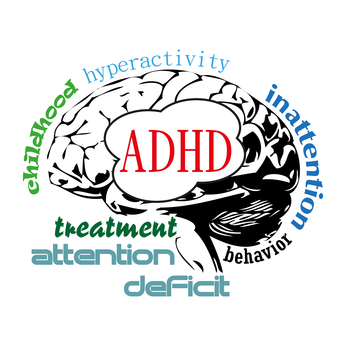 Did you know that most, if not all, school shootings were performed by children on some type of anti-depressant or other psychological medication?
Did you know that most, if not all, school shootings were performed by children on some type of anti-depressant or other psychological medication?
Even if you think your child would never do something like this, do you really want to take that risk?
Many parents feel that they have no other option but to medicate their child if he/she is hyperactive, inattentive or has behavioral problems.
Usually it’s a boy, and recent statistics show that 1 in 10 children has been diagnosed with ADD/ADHD. That’s crazy!
I keep doing a double-take and wondering when people are going to wake up and smell the Kool-Aid that they’re drinking.
Yes, I believe many of these diagnoses are correct. I don’t think it’s just better diagnosis. I really can’t remember kids having these issues when I was in school, but now that my sons are in elementary school, I see it everywhere. In fact, I heard that the 2nd grade teachers said that this last class was the toughest yet in terms of behavioral problems – the teachers were worn out!
There is another way, and I recommend that parents look into the possibility of their children having gut dysbiosis, food allergies/sensitivities and/or toxicity before reaching for Ritalin or Adderall for ADHD options.
Unfortunately, your local pediatrician likely hasn’t been educated about these issues.
A child with any of the above issues is more likely to have had colic, projectile vomiting, developmental delays, chronic ear infections, chronic runny nose, ears/cheeks turning red after eating, distended bellies, acid reflux, cradle cap and more.
You can find out what’s happening to our children by viewing the full-length video below of “The Drugging of Our Children”.
 I remember when I was growing up in the 1970’s (ahem) that no one had allergies, let alone an allergy to peanuts. Now, if you go to a school, you’ll see “nut-free classrooms” and “nut tables” in the cafeteria.
I remember when I was growing up in the 1970’s (ahem) that no one had allergies, let alone an allergy to peanuts. Now, if you go to a school, you’ll see “nut-free classrooms” and “nut tables” in the cafeteria.

